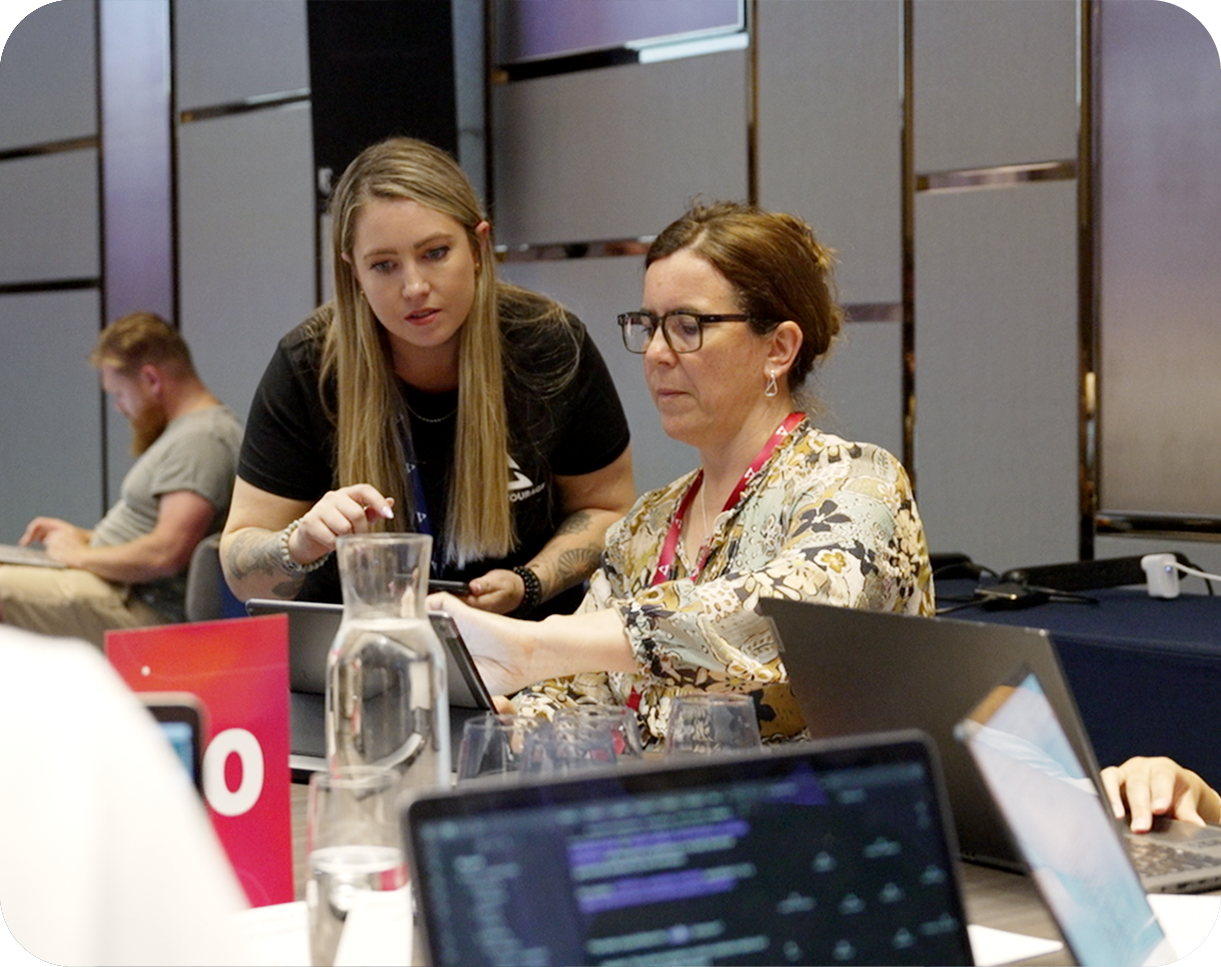Are you an e-commerce fashion brand looking for ways to improve your sales and profits? If so, social media is the answer to all your worries.
Did you know that fashion brands leveraging social media saw their sales increase by a significant percentage? This powerful tool has transformed how fashion e-commerce businesses connect with customers, create brand awareness, and drive sales.
Social media isn’t just a platform for sharing photos. Instead, it’s a dynamic space for engaging with potential customers, showcasing your products, and growing your brand.
In this article, we’ll explore how you can effectively use social media to boost your fashion e-commerce business.
Understanding the Role of Social Media in E-Commerce Fashion
Social media has become an essential part of the e-commerce fashion industry. It allows brands to reach a global audience, showcase their latest collections, and interact directly with consumers. Platforms like Instagram, Pinterest, and TikTok are especially powerful for fashion brands. They are visual-centric, making them ideal for displaying clothing, accessories, and styling tips.
The importance of social media for fashion brands cannot be overstated. It enhances brand visibility, fosters customer engagement, and drives sales. By sharing eye-catching images and engaging content, fashion brands can:
- use tools like background remover to create clean, professional-looking product photos that stand out. This helps to ensure the focus remains on the clothing or accessories, making posts more visually appealing and effective.
- capture attention
- build a loyal following
- and convert followers into customers.
- To further optimize their social media strategies, many brands turn to the best SMM panel for effective management and growth of their online presence.
Choosing the Right Social Media Platforms
When it comes to social media, choosing the right platforms is crucial for success. Each platform has unique features that cater to different aspects of fashion e-commerce:
- Instagram: Known for its visual appeal, Instagram is perfect for showcasing fashion items through photos and videos. For example, Nolabels has successfully used Instagram to expand its audience. They follow the platform’s algorithm closely, adjusting their reels, photos, and captions to maximize reach. They keep their brand at the forefront of their followers' feeds by staying updated with trends and engaging with their audience.
- Meta (Facebook): Facebook remains a valuable tool for fashion brands due to its broad user base and versatile advertising options. Brands can create business pages, run targeted ads, and engage with customers through posts and comments.
- Pinterest: Pinterest is ideal for fashion inspiration and discovery. Users often browse Pinterest for style ideas, making it a great platform for showcasing your latest collections and driving traffic to your e-commerce site.
- TikTok: TikTok’s short-form videos are perfect for engaging with a younger audience. Fashion brands can use TikTok to create fun and trendy content, participate in viral challenges, and showcase their products creatively.
Creating a Social Media Strategy for Fashion E-Commerce
A well-planned social media strategy is essential for fashion e-commerce success. Here’s how to create one:
- Define Goals: Start by setting clear objectives. Whether you want to increase brand awareness, drive traffic to your website, or boost sales, having specific goals will guide your social media efforts.
- Content Planning: Develop a content calendar that includes a variety of posts. Highlight your products, share behind-the-scenes looks, and post customer testimonials. For instance, Nolabels Clothing brand strategically times its posts to catch trends and peak engagement. It blends product highlights with lifestyle content, making sure it stays fresh and highly visible to its audience
- Branding Consistency: Maintain a consistent brand voice and visual style across all social media channels. This helps build a recognizable brand identity and strengthens your overall marketing efforts.
Engaging with Your Audience
Engaging with your audience is key to building a loyal following:
- Interactive Content: Use polls, quizzes, and live videos to encourage interaction. These formats can boost engagement and connect your followers to your brand more.
- Responding to Comments: Actively reply to comments and messages. This improves customer satisfaction and fosters a positive relationship with your audience.
- User-Generated Content: Encourage your customers to share photos of themselves wearing your products. Reposting user-generated content can build community, increase trust, and provide social proof of your brand’s popularity.
Utilizing Influencers and Collaborations
Influencers and collaborations can amplify your brand’s reach:
- Finding Influencers: Partner with fashion influencers who align with your brand values and target audience. Influencers can introduce your products to their followers, providing valuable exposure and credibility.
- Collaboration Ideas: Consider various types of collaborations, such as sponsored posts, product reviews, and giveaways. These collaborations can drive traffic to your site and attract new customers.
- Measuring Impact: Track the performance of influencer campaigns to measure their effectiveness. Use metrics like engagement rates, referral traffic, and conversion rates to assess ROI and make informed decisions.
Conclusion
Social media is a powerful tool for e-commerce fashion success. By understanding how to use social media effectively, you can enhance your brand’s visibility, engage with your audience, and drive sales. Develop a clear strategy, maintain consistent branding, and actively engage with your followers to build a strong online presence.
Related Categories
Ryan Terrey
As Director of Marketing at The Entourage, Ryan Terrey is primarily focused on driving growth for companies through lead generation strategies. With a strong background in SEO/SEM, PPC and CRO from working in Sympli and InfoTrack, Ryan not only helps The Entourage brand grow and reach our target audience through campaigns that are creative, insightful and analytically driven, but also that of our 6, 7 and 8 figure members' audiences too.





